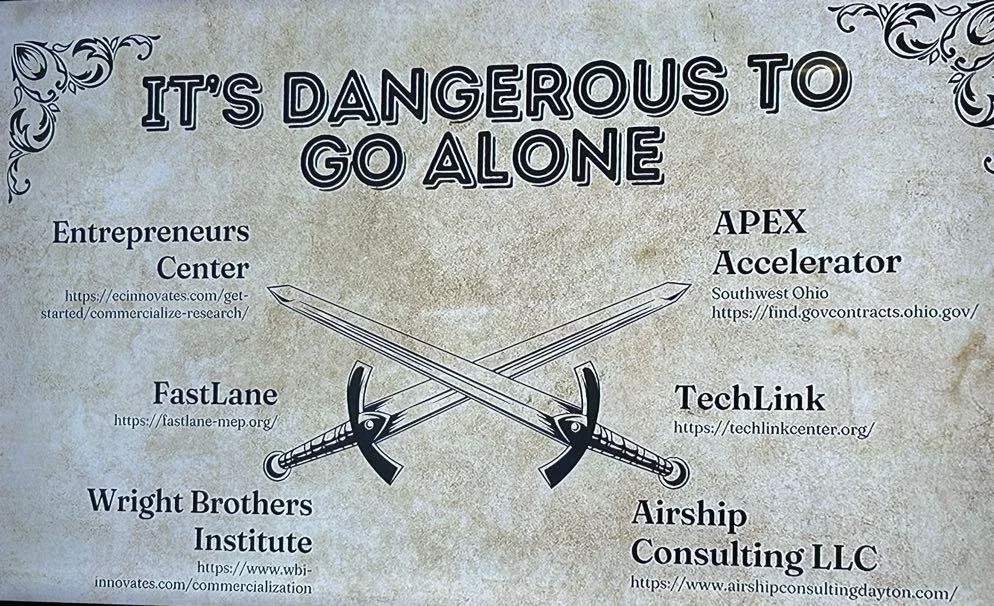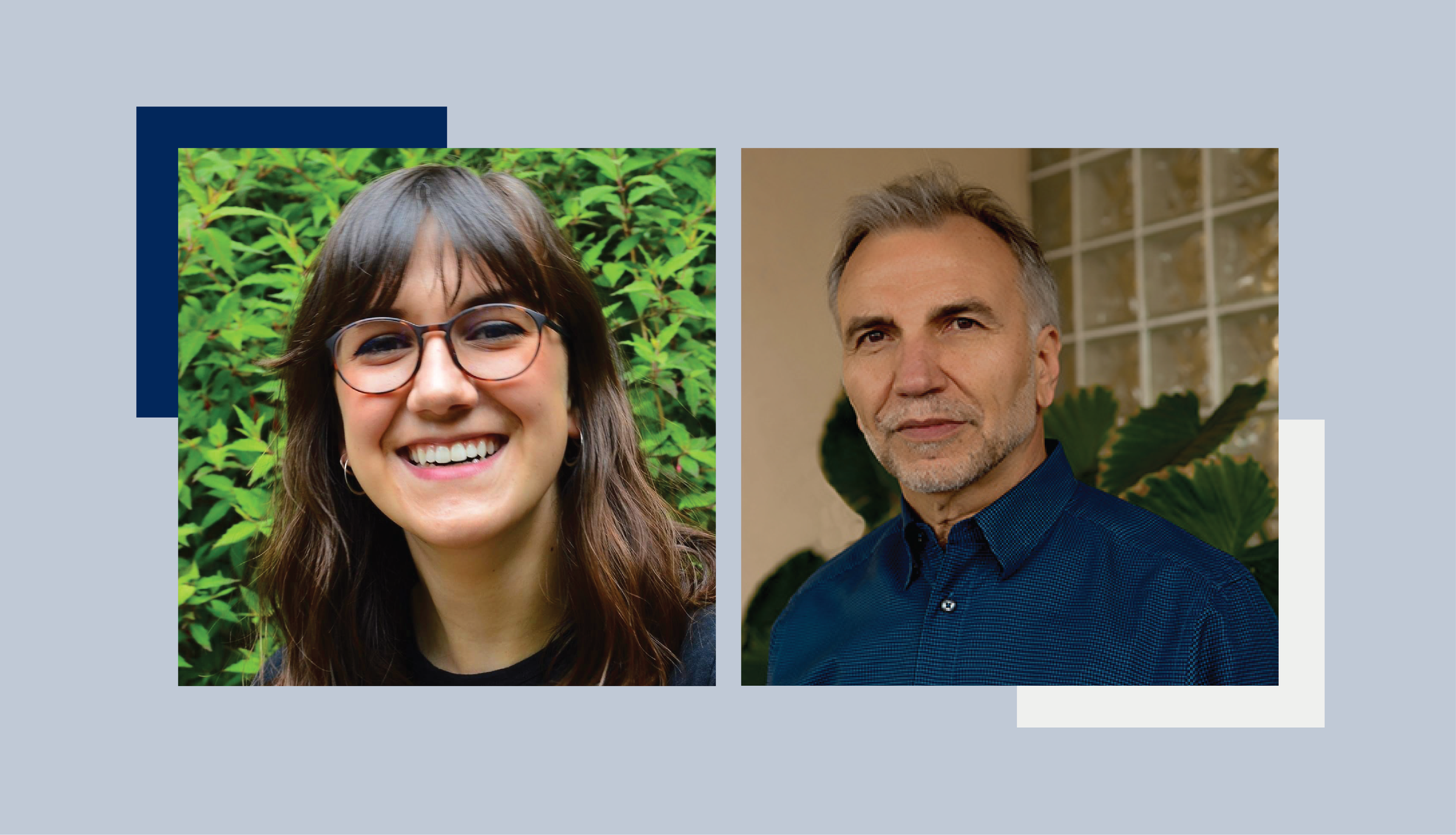Recap
In May’s Public Health+ Webinar, OSB design innovation strategist Sophie Becker sat down with Sara Gardner and Meghan Kluth from the Center for Public Partnerships and Research at the University of Kansas. In their conversation, they discussed the care economy, a sector that considers the multiple types of care across lifespans and its economic implications.
With a background in working at nonprofits as a fundraiser, Gardner has an economic approach to how to address the problems that affect caregivers, care receivers, and their families. Kluth’s journey in this space started with her diagnosis of a chronic illness in college, which has since strengthened her passion for supporting the accessibility and affordability of care for all those in need of it.
"There are only four kinds of people in the world: those who have been caregivers, those who are currently caregivers, those who will be caregivers, and those who will need caregivers.” - Rosalynn Carter
Both Kluth and Gardner emphasized that caregiving touches every person’s life. It can look like a parent taking care of their newborn, a teenager caring for their neighbor with dementia, or a family that works together to support someone with limited mobility. Because it is so pervasive, care is one of the biggest sectors of the economy. According to Kluth, it is worth an estimated 648 billion dollars.
In this conversation, Gardner and Kluth focused on the value of accessible quality care, explaining how investing in caregivers will have positive returns in improving the wellbeing of communities. Gardner emphasizes the importance of seeing caregiving as something that doesn’t just affect those in need of care, but the community as a whole.
“We are social beings, we are interconnected, whether we want to think of it or not. To not recognize the ripple effects of our connections when it comes to need for care is really short-sighted” - Sara Gardner
Overall, Gardner and Kluth believe that improving care in communities has to start with involvement from the local level. Attached to the idea of caregiving are many stigmas that challenge community investment in care.
“Slowly chipping away by having a conversation, asking and normalizing the conversation around caregiving is one thing people can do today to push the boulder slowly to break down that stigma” - Sara Gardner
Reflection
1. Care is universal, almost everyone will be impacted by caregiving in their life.
We will all experience being a part of the care economy. Finding ways of caring that allow people to share that burden can only help improve the experience for everyone.
“When you look at care roles and care needs across life spans, it really represents a significant portion of the population in the United States and across the world. ” - Meghan Kluth
In public health, we often talk about the importance of examining issues across lifespans. Despite the relative unfamiliarity of the term care economy, it truly is a sector that we all interact with and is prevalent in all our lives. At the start of our lives, the vast majority of us will receive care from a parent or relative as children and adolescents. As we age into adulthood it’s likely that we will join the 53 million Americans who are looking after a friend or relative - with 61% of us doing so while we might be employed in some other capacity (Caregiving in the U.S. 2020). Finally, as we enter old age, particularly in our late 70s and beyond, many of us will receive anywhere from an average of 25-38 hours of care per week from another relative. Most of this will be uncompensated and informal. Addressing issues like caregiver burnout, loneliness, and isolation would benefit us all either now or in the future. Additionally, given that many of us will both give and receive care, finding ways of caring that allow people to share that burden can only help improve the quality and sustainability of that care.
2. There needs to be consensus and legitimacy around caregiving language.
As noted by Meghan Kluth, one of the issues around intervening in the care economy is the issues that come with defining a caregiver. Many people take on the role of caregiver at various points in their lives. However, only a small percentage of them formally take on the title of ‘caregiver’ or even consider themselves one.
Not having that shared language can make it difficult to assess their needs and formulate a strategy to address those needs. For example, the needs of a stay-at-home mother of four will look very different from a middle-aged man taking care of his elderly parents. Yet, both fit the role of caregiver and will experience stresses and challenges because of that role. As Kluth noted, “We tend to try to put caregiving in a box, but it doesn't tend to fit in one simple box, it’s a complex issue.”
Kluth noted that there's sometimes a stigma attached to the role that makes people reluctant to consider themselves part of that group. This can also particularly affect those who are being taken care of or helped by a caregiver. Especially if the title isn’t designated as part of a formal job, it can be odd to consider oneself a caregiver. Yet, the only way to start addressing those needs is to start looking more expansively at the role of caregiving and preparing people for what to expect when they enter into that space, rather than if.
3. Caregivers deserve adequate compensation.
Another difficulty in understanding and negotiating the care economy is adequate compensation. One of the issues raised in the seminar concerned identifying productivity. After all, there’s a reasonable challenge in identifying how much someone’s time and money is worth without any external reference to work off of.
This isn’t a new realization. In a phenomenon noted by economists several decades ago, working mothers were noted to put in “second shifts” when taking care of their families after work. All of this work usually goes uncompensated, even though it helps the economy and society as a whole. After all, well-fed and educated children tend to eventually turn into productive members of society (broadly speaking). However, at no point in time do they get compensated for this time spent.
“We already have the mechanisms to pay caregivers, it’s called Medicaid and Medicare. We have to make some policy changes to open up the billing code. We have to generate the public will to make that happen… I think change happens from the ground up, it's about informing people about giving people the language to use, it's about communities demanding different ways of doing things." - Sara Gardner
Fixing this unjust oversight will require reimagining ways of measuring productivity. Collecting, aggregating, and sharing data will be important for this effort. It will also require a broader reorientation of our ideas around just compensation and what roles in society need to be valued more. While this won’t address all the stresses and challenges that caregivers face, it would be a start toward healthier participation in the care economy for all caregivers and their loved ones.
Writing By:
Odiraa Okala, Public Health Innovation Analyst & Nia-Simone Eccleston, Design Strategist Apprentice



















